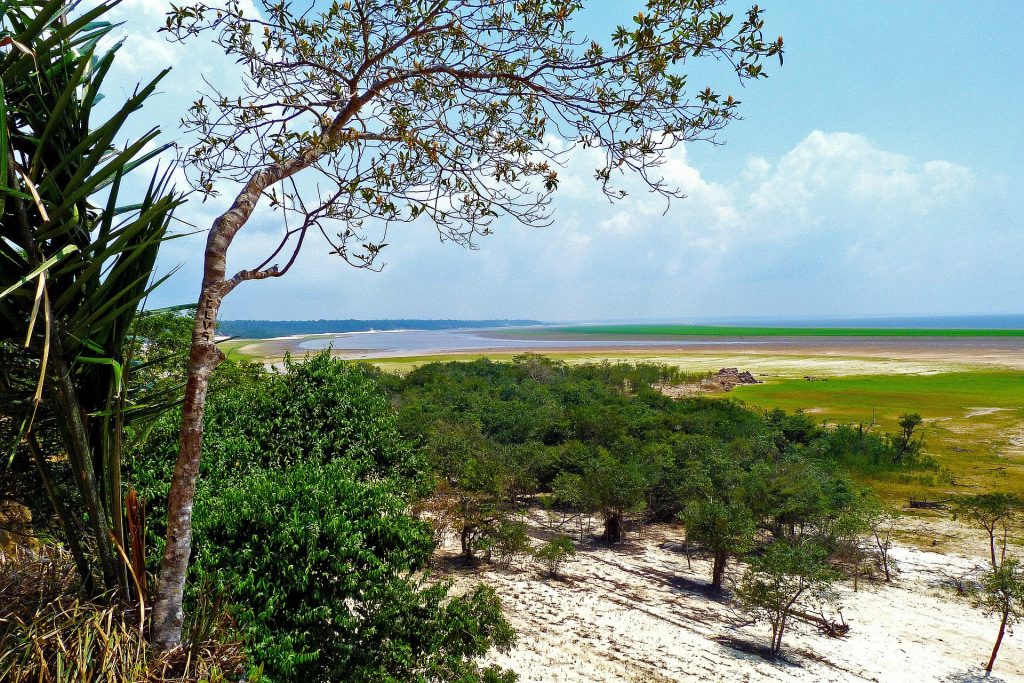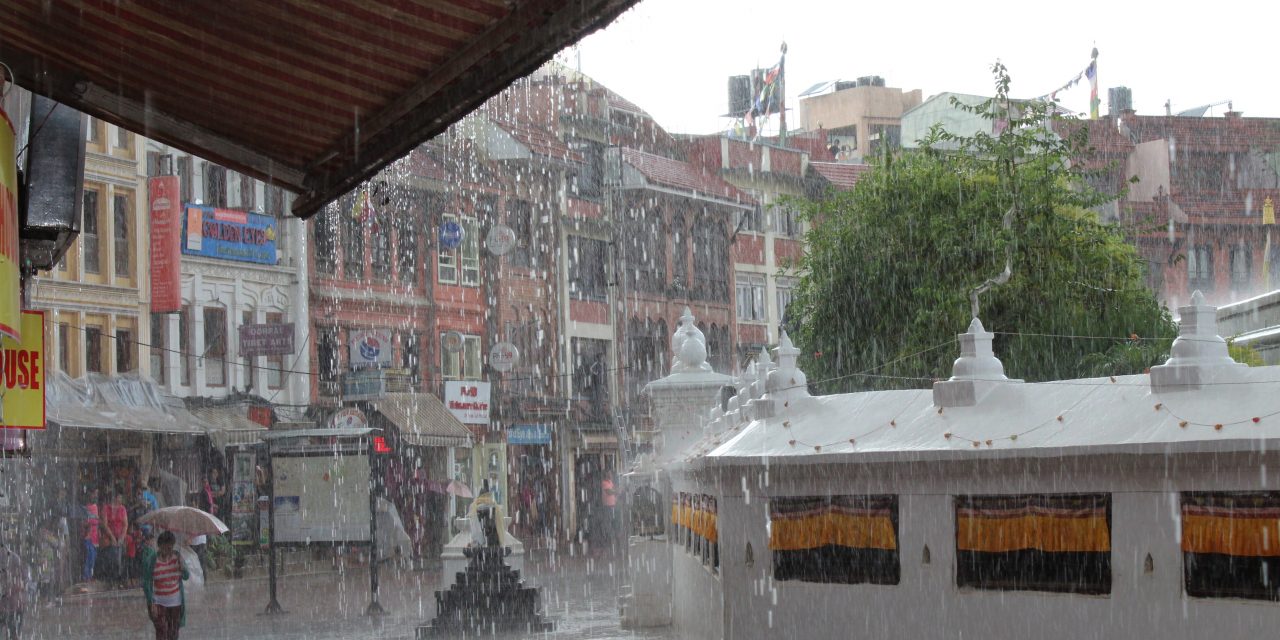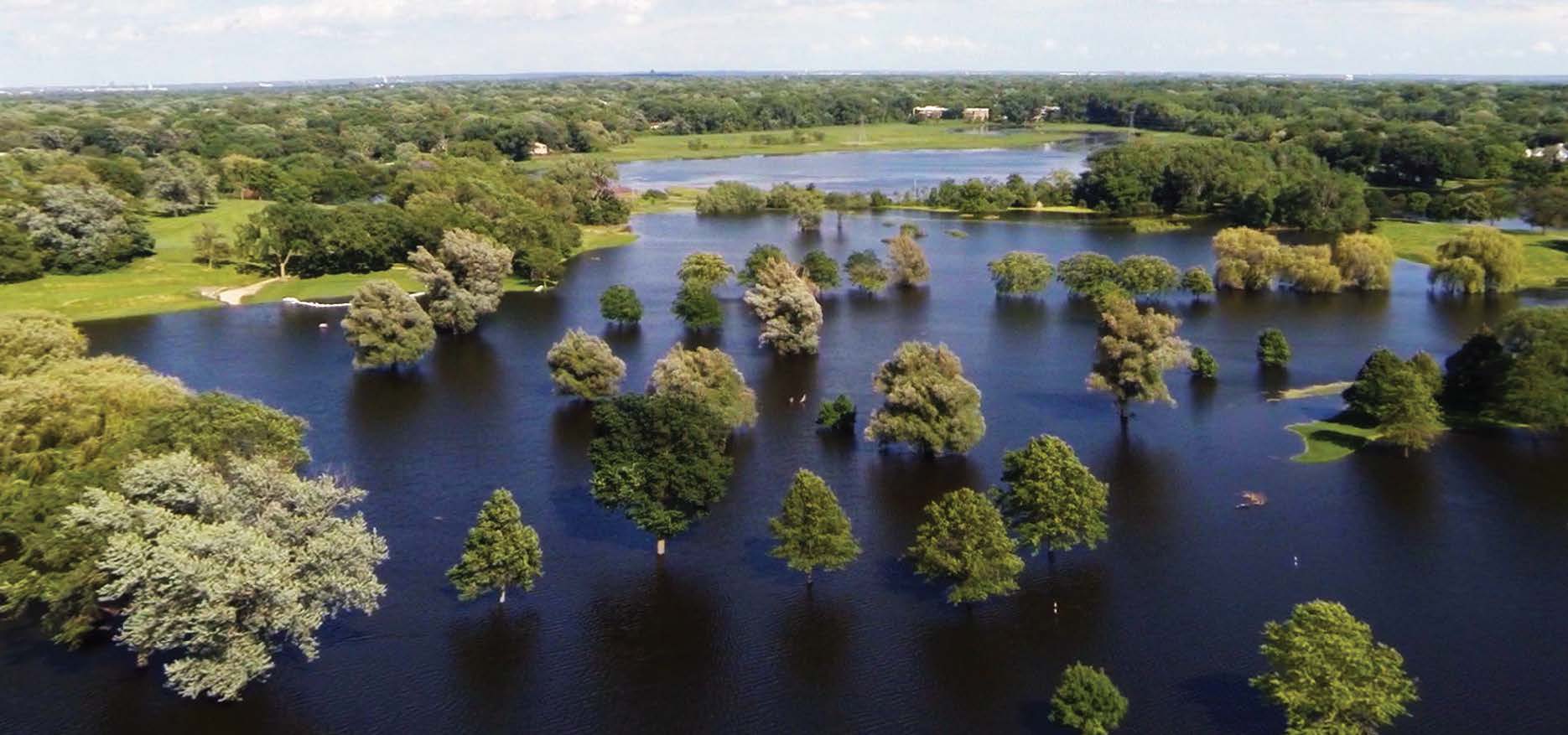New research from the U.S. Department of Energy’s Pacific Northwest National Laboratory (PNNL; Richland, Washington) suggests that in tropical, equatorial regions, the annual monsoon season is arriving approximately 4 days later than usual due to human activities. Researchers believe the delay, however slight, could increase the severity of pre-monsoon heat waves and wildfires considerably. The delay also affects crop production, which could pose serious financial threats for tropical communities with predominantly agricultural economies.
“The global warming we’ve seen has already been attributed to human activities with high confidence,” PNNL atmospheric scientist and study co-author Ruby Leung said in a release. “But, historically, we have not been very successful in pinpointing the footprint of human activity in the hydrological cycle. This study shows that, yes, the later onset of monsoon rainfall, paired with future warming projected by climate models, has already emerged.”
Studying Satellite Records
The study, which appeared in the journal Nature Climate Change, argues that the delay results from the combined trends of increasing global greenhouse gas emissions and declining human-generated aerosol emissions. These unnatural factors manipulate the temperature of the atmosphere and the amount of moisture it contains, which in turn affect the movement of the weather systems underpinning monsoon season in tropical regions.
Researchers pored over eight datasets of global precipitation with measurements beginning in 1979. The measurements, enabled by satellites, described the occurrence of heavy rainfall based on cloud and raindrop behavior. Researchers considered this data alongside temperatures to tease out the specific dates each year when monsoon rains first arrived in the tropics. Also included in the PNNL team’s analysis were the results of 243 climate simulations from a collection of different models detailing the timing of monsoon season, Leung described.
They determined that Earth’s tropical regions now receive their first monsoon rains between 3 and 5 days later than they did in 1979.
More Greenhouse Gases, Fewer Aerosols
The next step was to determine the causes behind the delay. According to the U.S. Environmental Protection Agency (EPA), global emissions of carbon dioxide and other greenhouse gases have risen by more than 90% since 1970. These gases trap solar radiation, warming the planet’s surface, while increasing evaporation rates and the amount of water vapor that enters the atmosphere. The PNNL study hypothesizes that the gradual increase in atmospheric moisture also has caused a gradual increase in the amount of thermal energy required to prompt rainfall, affecting the onset of wet seasons.

Anthropogenic aerosols — particulate substances released into the air through several urban and industrial processes — have been linked to hazards affecting both air quality and human health. As such, recent decades have seen anti-aerosol regulations in several industrialized countries. Various recent studies have reported reductions in overall aerosol emissions in such regions as Southeast Asia and North America. However, aerosols also tend to reflect sunlight, partially regulating the warming effects of greenhouse gases. Recent fluctuations in aerosol concentrations, the researchers suggest, could escalate atmospheric warming, and shift the climatic patterns that affect storm formation.
“When there is more water vapor in the atmosphere, it becomes more ocean-like,” described PNNL earth scientist Fengfei Song. “And we know the ocean takes longer to warm up than the atmosphere. More moisture means it will take longer for the atmosphere to absorb energy and produce rainfall.”
According to the study, if current trends of greenhouse gas and aerosol emissions continue, monsoon rains could begin to fall up to a further 5 days later than when they currently occur in many of the tropical regions that depend on them. Such a shift could “devastate crop production and jeopardize the livelihood of large populations, unless farmers recognize and adapt to the long-term changes amidst the highly variable monsoon onset date,” Leung said.
Read the PNNL study, “Emergence of seasonal delay of tropical rainfall during 1979–2019,” in Nature Climate Change.
Top image courtesy of Khai-Thai Duong/Pixabay






